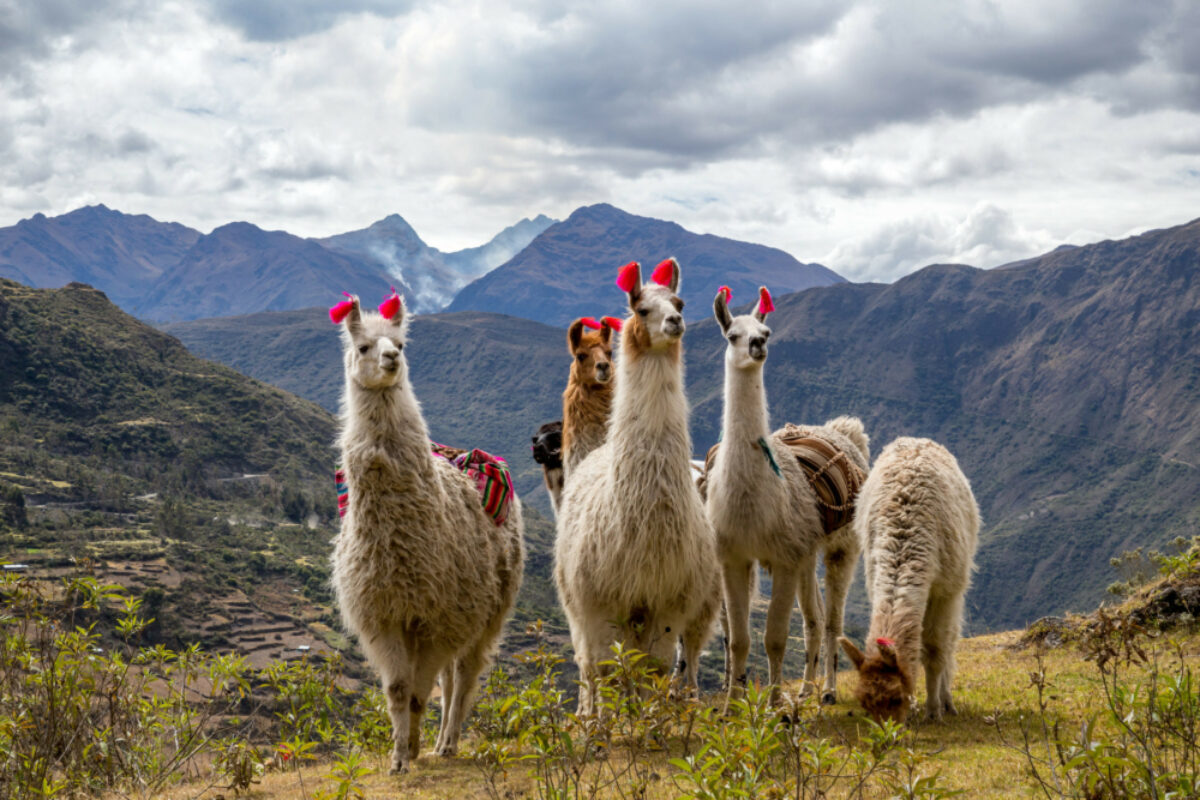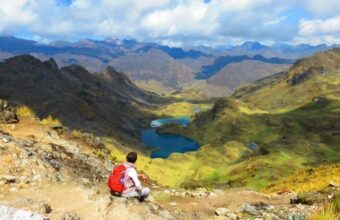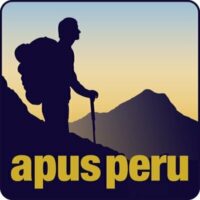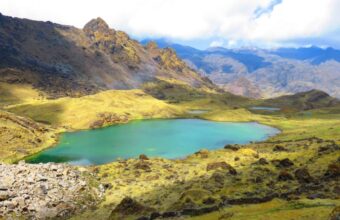Hiking the Lares Trek
Everything you need to know about the "cultural trek"
The Lares Trek is known as the “cultural trek” to Machu Picchu, as it offers opportunities to interact with local communities along the way. It’s one of the shorter treks, which makes it a good option for those who are short on time.
This is probably my favourite of all the Machu Picchu region treks, for the cultural interactions that are less common on some of the other routes.
The Lares Trek
Difficulty: Moderate
Distance: Various routes, classic route approx 33km (20m)
Duration: Three to four days
Max elevation: 4,400 metres
Accommodation: Camping or lodges
Start/end point: Huarán - Lares Hot Springs

Llamas on the trekking route from Lares in the Andes
What you’ll see
Hiking from the Sacred Valley up to high mountain passes, you’ll be treated to some stunning vistas on this route. However, the real treat here is meeting the local inhabitants of indigenous villages along the way, learning about ancestral weaving techniques directly from the descendants who are still practising them today. An added (and welcome) bonus is finishing at the hot springs in Lares.
How long is the Lares Trek?
There are several different routes for this hike, but the typical one will have you hiking about three days, covering just over 20 miles. On the third day, you will take a train to Aguas Calientes and visit Machu Picchu the following day.
The lodge-to-lodge Lares trek has two versions including the train and tour of Machu Picchu: a five-day version and a seven-day version. Both offer some options in the number of hours you wish to spend hiking each day.
Stories woven in
Traditional weaving is as important a tradition in the high Andes as alpaca herding and the Quechua language. Since Quechua was an oral language long before it was ever a written one, weaving was the main medium for communication, telling stories, and keeping records. By purchasing traditional weavings directly from the artisans, travellers can help keep the tradition alive.
How difficult is the Lares Trek?
The trek is generally rated moderately challenging, although, on the lodge-to-lodge trek, you will be offered opportunities along the way to increase the difficulty of the trek, depending on your preferences and fitness. Either way, the challenging aspect is principally due to the altitude, which on the lodge-to-lodge trek can reach up to 4,420m (14,500 ft).
Accommodation
The traditional route has you camping two nights and spending the third night in a hotel in Aguas Calientes. With the lodge-to-lodge versions, you’ll have two to four nights in a luxury lodge, featuring jacuzzi tubs and gourmet food. These lodge stays are usually followed by one night in a hotel in Ollantaytambo and one in Aguas Calientes.
How to book
No permits are necessary for hiking the Lares trail, but you will still want to book with a local operator. They will have the right connections with local horsemen and employ qualified guides who know the area well and speak Quechua. This is key for interacting with the communities along the route, as well as for ensuring your safety in the mountains. There is an extensive web of trails that go through valleys and over several mountain passes and trails are not well marked.
Support staff
With a good trekking operator, you’ll have a guide who is knowledgeable in the history, flora, and fauna of the region, enhancing your experience along the trail and within the communities. You will also have local horsemen to care for the mules and horses that carry your gear, and a cook and assistant cook to prepare your meals.
Key considerations
Although an emergency horse is usually included, if you suspect you may have difficulties, it’s a good idea to request an additional emergency horse for your use (at an extra charge).
Most tours do not include a sleeping bag, although they can be rented.
You’ll want to bring some extra cash with you to tip the support staff on your last night of trekking, as well as to purchase weavings in the communities.
Bring small gifts to pass on to local children in the communities you visit.
Ask trekking agencies if they offer pack llamas rather than mules. Llamas have less impact on trails and the environment.








